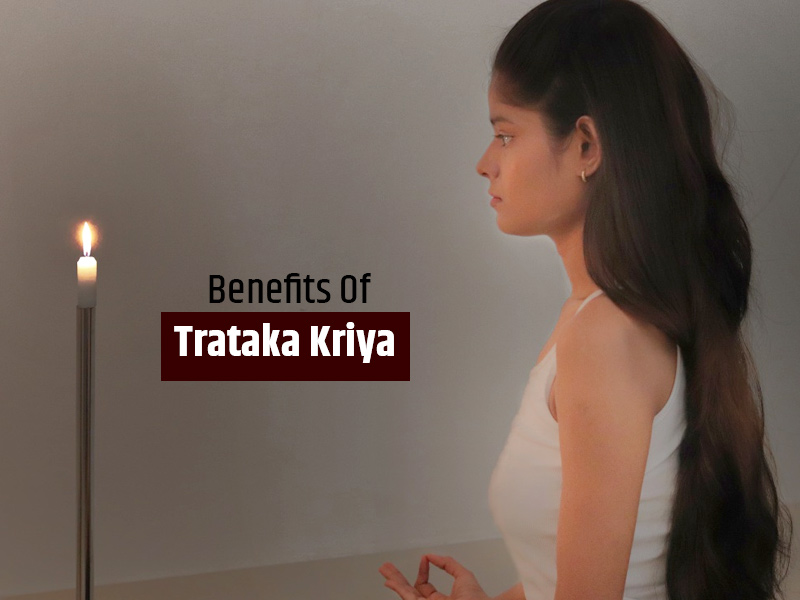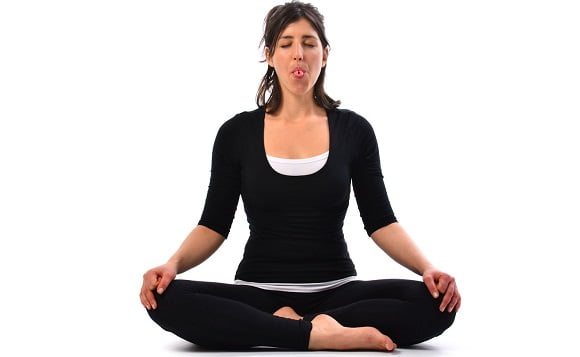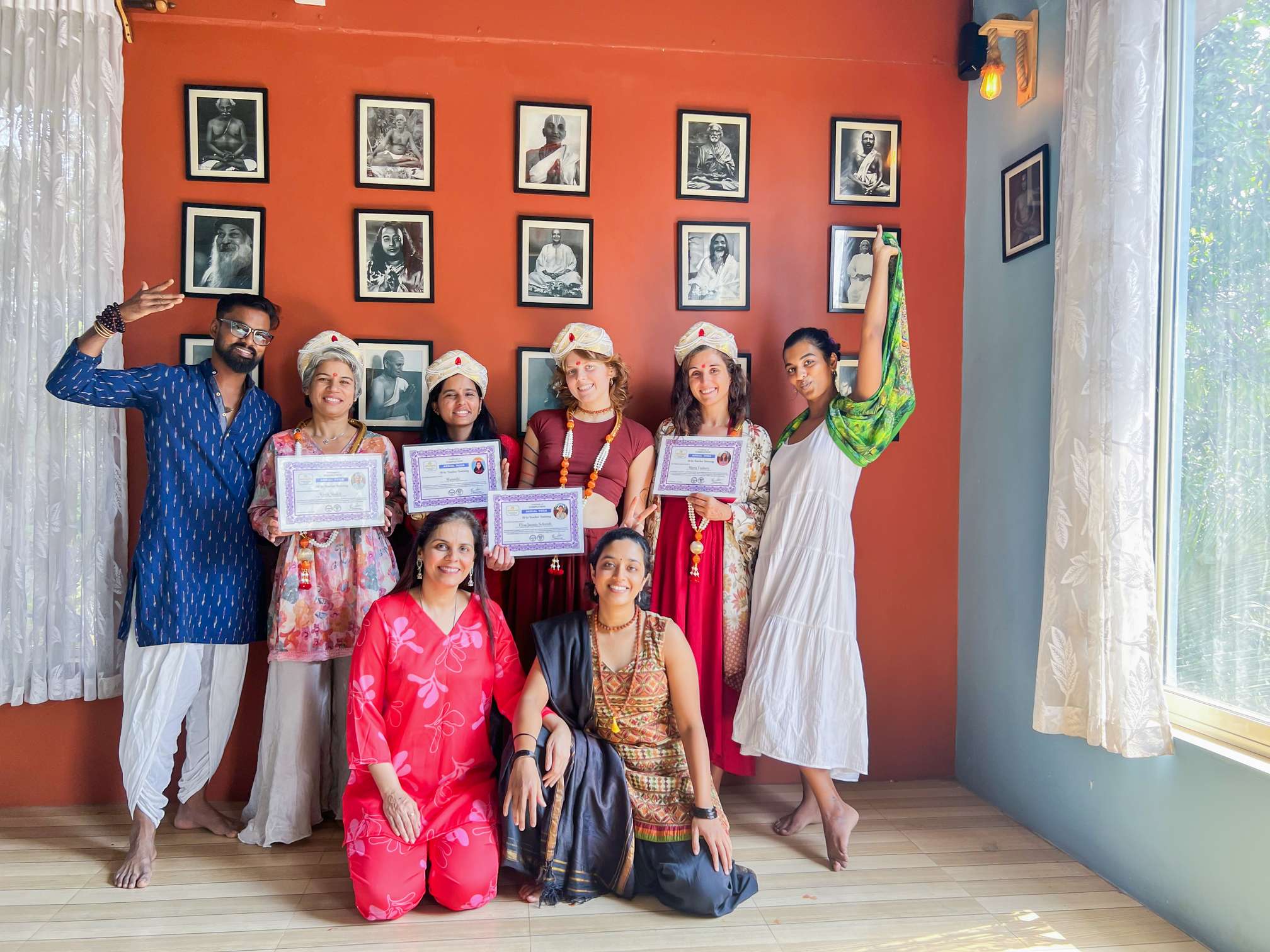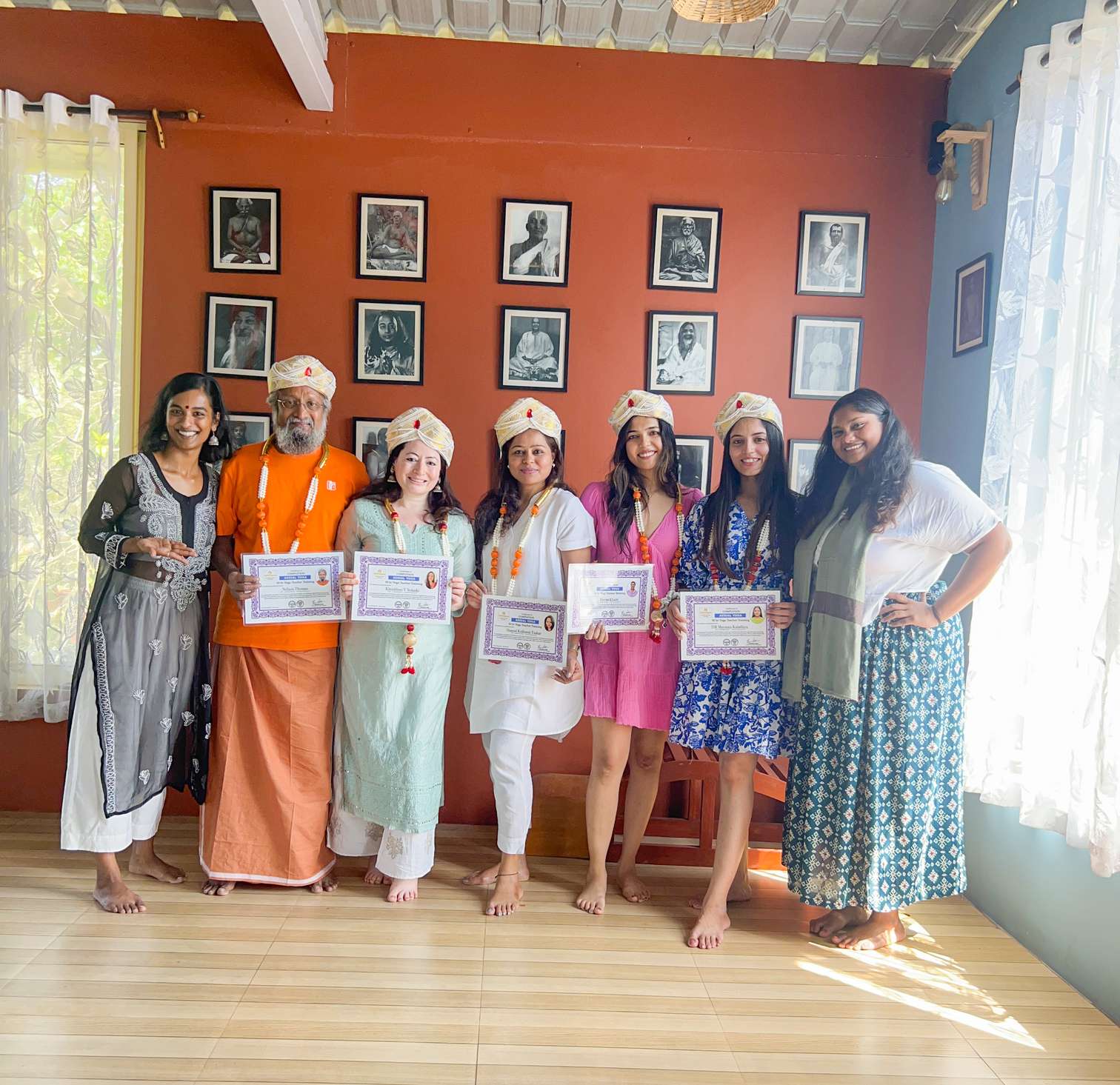- Antaranga (internally)
- Bahiranga (externally)
Antaranga (internal visualization):
The mind is trained to introvert. When operating through medium of the senses the mind loses energy, but when concentration is on an inner object, withdrawn from the senses, it gains energy.
Bahiranga (external visualization):
The concentration is on an outer object because this is easier for the untrained mind. Since the mind is attached to external objects. Concentrating on external objects like: Candle flame, A black dot, Psychic symbol, image of god, tip of the nose, sky, water, rising or setting sun, symbol of om, a flower sun set, yantra, mandala, crystal ball, a chakra,
Technique of Candle flame, the most beneficial for beginners:
Preparatory practices:
- Move your eye balls Up and down for 5-9 times and close your eyes and rub your palms, generate the heat and make a cup of your palm and place it around your eyes (simple Palming). After few seconds start with left and right followed by simple palming.
- Next move your eye balls Diagonal right up and down for 5-9 times and close your eyes and rub your palms, generate the heat and make a cup of your palm and place it around your eyes (Press and release Palming). After few Diagonal left up and down followed by press and release palming.
- Move your eye balls Rotational movement clockwise and anticlockwise 5-9 times each followed by constant palming with breathing (MMM Kara).
Technique:Preparations:
- Get candles, candle stand and match box.
- Wash your eyes with cool and clean water before starting the practice.
- Flame is exactly at eye level when sitting and Sit 2-2.5 meter away from the candle stand.
- Sit in Any Meditative Posture, make sure your spine, neck and head in one line, can also use chair
Gazing at the flame:
- Slowly shift your vision to the base of the candle stand, middle of the candle stand then move to top of the stand, then to the base of the candle, middle of the candle and slowly look at the flame of the candle. Now, start gazing at whole flame without any effort.
- Slowly look at the tip of the wick of candle and gazeat the small black cord. Focus your attention at one point. This is a practice of focusing and consecration. Keep on gazing. Use your will power. Let the tears come out and try not to blink your eyes. By practice the gaze become steady, making the mind one pointed.
- Gradually widen your vision. Slowly de-focus your attention from the flame and have de-focused gaze on the flame. With expansive awareness, collect all the details of the flame such as color of the flame, shape of the flame and aura around the flame. Then observe the auras tarts expanding more and more and now it has completely covered the room and see the small light particles around the flame. Recognize the subtle changes achieved by de-focusing.
- After one minute of de-focusing, gaze or focus on the flame. Slowly close your eyes and try to retain the image. Visualize the flame between your eyebrows and collect all the details with your eyes closed. When the image disappears go for palming.
- Rub your palm and generate the heat and combine palming with Bhramari(humming bee sound). First apply constant pressure around your eyes, then inhale and chant Bhramari Mmm..; feel the vibrations of Bhramari throughout the body; repeat the same. Inhale- chant Mmm. As you exhale. Feel the sound resonance in the entire head region especially around the eyes.
Silence:
Feel the silence and relax for a while. After sufficient relaxation, gently drop your hands down. Sit quietly and feel the deep comforting effect of the practice. Beware of the changes taking place inside. Recognize that the mind has become completely calm; eyes are also feeling relaxed and mind in calm state.
Contra-indications:
- Epileptics should not practice Trataka on a candle flame but should choose a totally steady object to gaze on.
- Recent eye surgeries kindly avoid.
Benefits:
- This practice Strengthens eye muscles improves eye sight
- It balances the nervous system,
- Relieving nervous tension, anxiety, depression and insomnia.
- Improves the memory and develop good concentration, strong willpower.
- It alleviates eye strain, head ache, myopia, astigmatism and even early stages of cataract (HYP)
- It activates Ajna chakra and is an excellent preparation for meditation.








